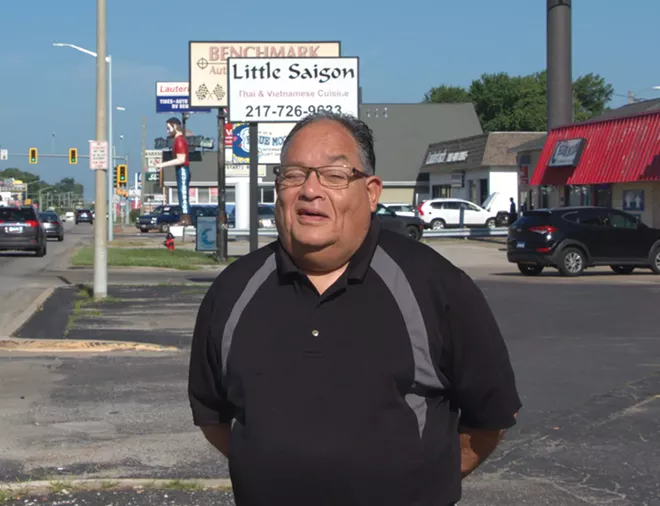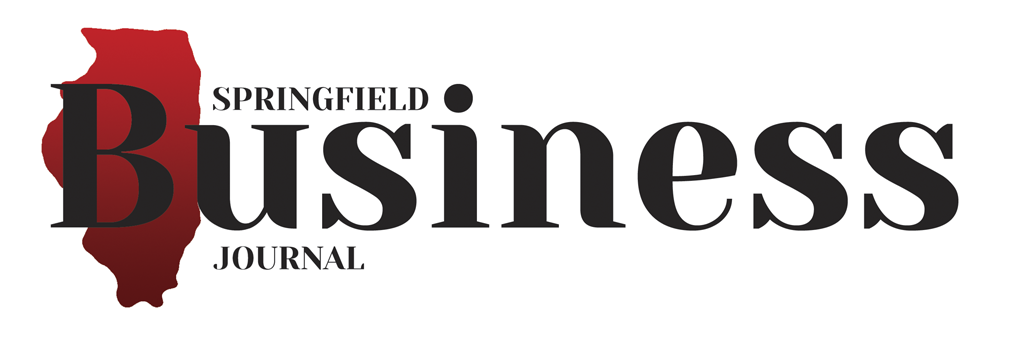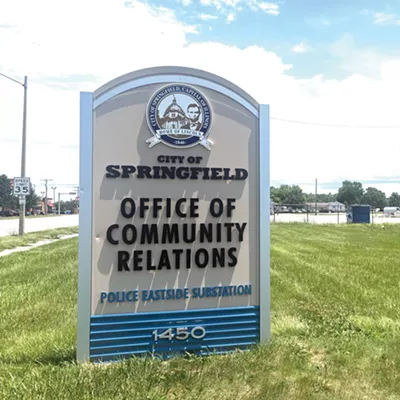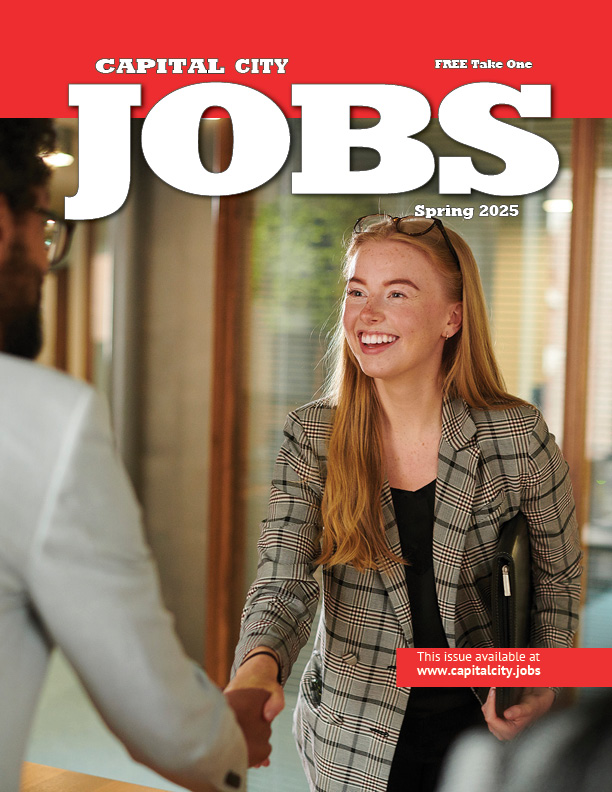
An average of 25,000 to 27,000 cars drive on Wabash Avenue through Jerome each day, making that stretch of road one of the busiest in the Springfield area.
The commercial and retail corridor appears bustling. But side roads and underground utility lines that are undersized and deteriorating, as well an almost total lack of sidewalks and a shortage of funds for facade improvement and other business development incentive programs, prompted Jerome officials to look into forming the village's first tax-increment financing district.
A TIF district, which could receive approval from the Village Board this summer, also could help attract a future long-term tenant for the 51,500-square-foot building formerly occupied by a Shop 'n Save supermarket that closed in 2014. At the time, Shop 'n Save was the biggest source of sales tax revenue for the village of 1,700 people, one of the "pocket communities" surrounded by Springfield.
"I always thought we needed to generate additional dollars for the village," said Mike Lopez, 67, Jerome village president since 2013 and a member of the nonpartisan, elected village board since 2003.
Lopez said the expected opening of the $67 million Scheels Sports Park at Legacy Pointe on Springfield's far south side, less than two miles south of Jerome, has added urgency to the cause.
"They've got to go somewhere," he said of the estimated 250,000 visitors the sports park is expected to attract annually from across the state and nation. "They've got to eat, they've got to go stay, feed their children. There's an opportunity for the whole area, but with Jerome being so close to there, I just wanted to capitalize on it."
A public hearing on the proposed TIF is scheduled for 6:30 p.m. July 3 at the Jerome Civic Center, 2901 Leonard St. A public meeting of a review board made up of taxing bodies affected by the potential TIF will take place at 11 a.m. June 30 at the same location.
There has been no organized opposition to the proposal from residents, and Village Board members have been generally supportive, Lopez said.
The proposed Jerome TIF, covering 54 acres of property along West Iles Avenue on the north, Wabash Avenue on the south and Chatham Road on the west, would generate an estimated $6.5 million over the 23-year life of the district. The properties have an approximate fair market value of $32 million, village officials said.
The $6.5 million, an average of $282,600 per year, would be generated by the incremental increase in property taxes paid for properties in the TIF, above the base year beginning with tax bills paid in 2026.
The increment represents increased property taxes beyond the 2025 base year that wouldn't go to taxing bodies such as School District 186, the Springfield Park District and the Springfield Airport Authority during the life of the TIF. TIF districts can be extended beyond 23 years, but there are no plans to do that in Jerome, Lopez said.
The village is in negotiations with the school district and other taxing bodies to offset at least some of their loss, according to Jason Brokaw, Jerome's legal counsel.
District 186 faces financial challenges educating a population in which 63% of students are from low-income families. The school district's territory includes nine other TIFs, which whittle away at property tax revenues that make up almost half of 186's $282 million annual budget. And about 40% of property in the school district is tax-exempt.
The school district has agreements with Springfield in which about 15% of the revenues for a few of the TIFs flows back to 186, but officials said the district forgoes tens of millions of dollars in potential property tax revenue each year because of TIFs.
District 186 officials said the Jerome TIF would siphon away $4.3 million in taxes from the district's coffers over a 23-year period. But school officials said they are discussing a potential intergovernmental agreement in which Jerome would share back with the district one-quarter or more of the incremental increase in property taxes.
That slice would amount to about $1.65 million payments back to the district, making the total net negative impact $2.68 million, Superintendent Jennifer Gill said.
The agreement hasn't been finalized. The village may work out arrangements with other taxing bodies to blunt the property tax impact, Brokaw said.
District 186 board members don't have the power to veto the Jerome TIF but "aren't a fan" of it, Gill said. District officials doubt whether Jerome needs a TIF district to capitalize on the economic boon that the sports park could bring to the area, Gill said.
She noted that the school district already agreed to not collect any additional property taxes generated by the sports park over a 20-year period, so the financial hit from a Jerome TIF would amount to a "double whammy" for 186.
To qualify for a TIF district, properties must be considered "blighted," based on definitions in state law. Adam Stroud, an associate director at St. Louis-based PGAV Planners, the company that is providing consulting services to Jerome, said properties mainly qualify because of the age of commercial and residential structures. Most are 35 years old or older, and a majority of them are deteriorating.
In addition, PGAV's report on the proposed district says the storm water system on Wabash is undersized, the water line along Wabash – a road maintained and controlled by the state – is outdated and needs to be replaced. The report also says the sanitary sewer system along Wabash has experienced several breaks in recent years.
On Iles Avenue, the storm water system is either nonexistent or ineffective, and the sanitary sewer infrastructure along the road is undersized and has experienced breaks in recent years, the report said.
There's been some discussion of using future TIF funds to build sidewalks along Iles and make it safer for children walking to nearby Franklin Middle School, Brokaw said. No specific uses for the funds have been determined, but the existence of a TIF program could be used to attract development, he said.
The village has about a dozen employees and an annual budget of $1.2 million, Lopez said. A non-home rule sales tax of 1% was approved in 2013 and generates about $200,000 a year for road improvements in the village, Lopez said.
Median household income in Jerome is $55,777 per year, compared with $65,537 in Springfield, according to the U.S. Census Bureau's 2023 American Community Survey covering 2019-2023.
Village residents want to see infrastructure improvements, Lopez said. "There is a pride among the residents. They love Jerome."












